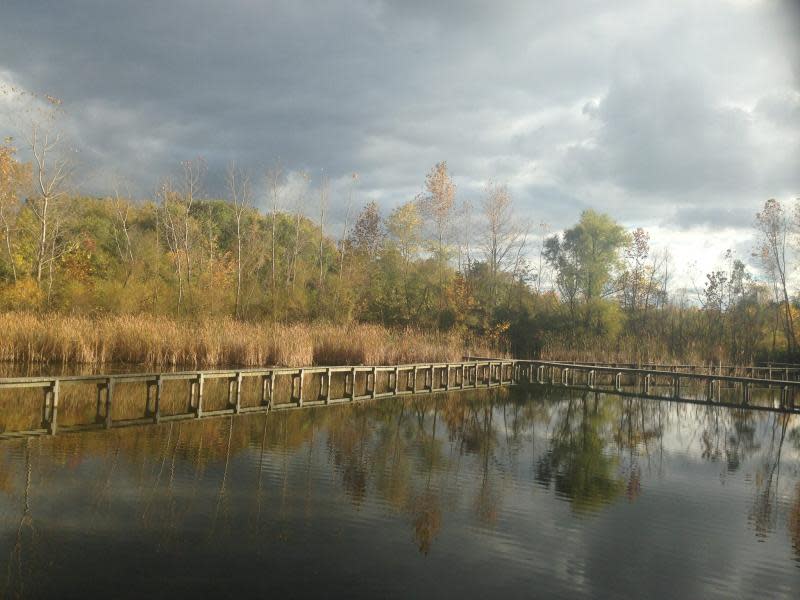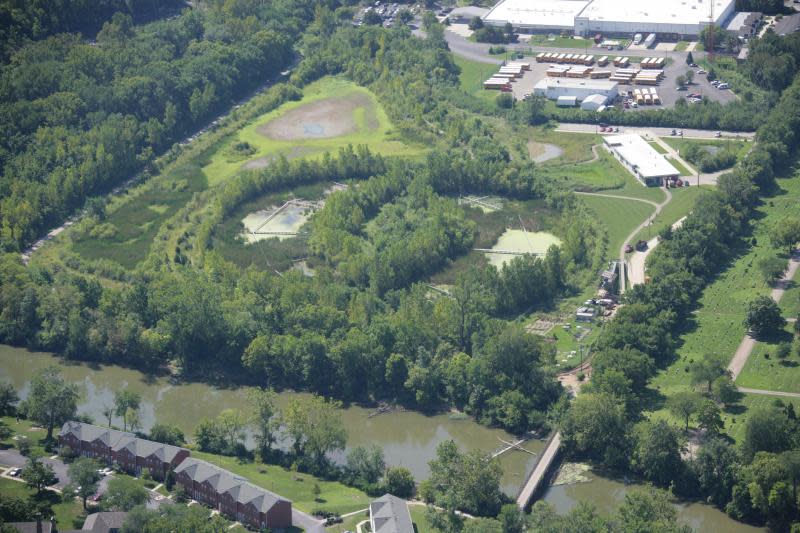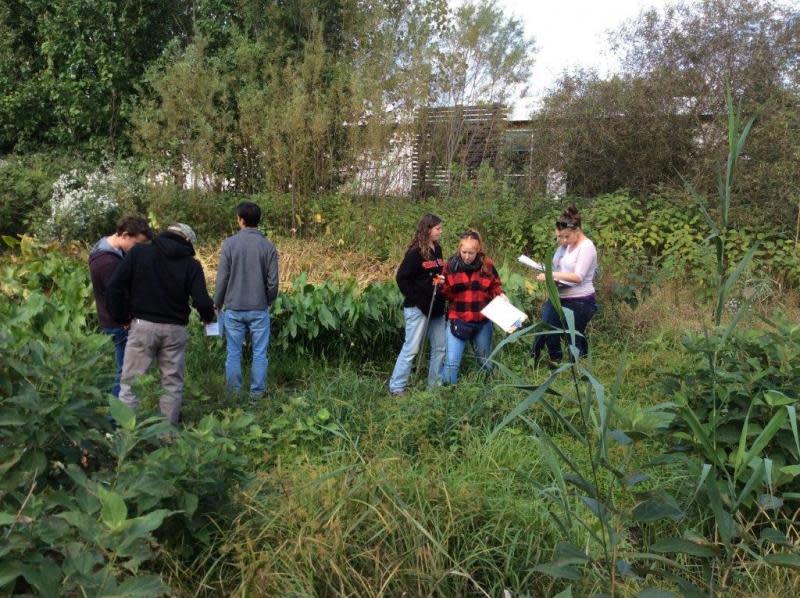
Wilma H. Schiermeier Olentangy River Wetland Research Park
About
GENERAL INFORMATION
Criteria:
- Currently a Ramsar Site
The Wilma H. Schiermeier Olentangy River Wetland Research Park (ORWRP) is owned and operated by The Ohio State University with the mission of furthering the research, teaching, and outreach of wetlands, and aquatic sciences in general. The ORWRP is a complex of freshwater riverine and wetland habitats, supporting numerous bird species, diverse fish and invertebrate communities, and a wide variety of mammals, amphibians, and reptiles. At the center of the ~35-acre site are two experimental wetlands that are fed with water from the adjacent Olentangy River. Created in 1993 these experimental wetlands have been the focus of wetland and aquatic science research for over 23 years. In addition, the site has a created oxbow wetland and restored bottomland hardwood forest, both fed by the Olentangy River. The site is also home to the 10,000 sq. ft. Heffner Wetland Research and Education Building. This research facility contains teaching, analytical, and wet labs as well as a 65-person classroom and offices for researchers focused on water resource science and education.
Exemplary Ecosystem Services:
- Maintains ecological connectivity/cohesion
- Recreation (birdwatching, ecotourism)
- Flood storage/mitigation
- Carbon storage
- Water quality improvement
- Education
CONSERVATION STATUS AND THREATS
Conservation status: RAMSAR Designation
Adjacent Land Use: Urban
Approximate natural buffer width:
50-100 ft
ECOLOGY
Approximate size: 14
General wetland characterization:
- Inland Fresh Seasonally Flooded Basin/Flat
- Inland Shallow Fresh Marsh
Adjacent Water Bod(ies):
Stream
Name of body of water: Olentangy River
Surficial Geology:
The geology of the ORWRP is Wisconsinan Till which is an unsorted mix of silt, clay, sand, gravel, and boulders (geosurvey.ohiodnr.gov).
Soils:
The wetlands are primarily within the Ross silt loam (occasionally flooded) soil type. There is a portion of the site (~16%) that is Eldean silt loam (2-6 percent slopes) but this area is mostly covered by site infrastructure (e.g. research/teaching facility, driveway, research compound, etc.).
FLORA AND FAUNA
Dominant flora: eastern cottonwood, black willow, silver maple, red maple, pawpaw, hybrid cattail, american lotus, soft-stem bullrush, common three square, flowering rush, honeysuckle spp., common bur-reed.
Unique flora: brome grass, three lobed bedstraw, butternut, blazing star, red mulberry, american lotus, sycamore, floating leaf pondweed, skunk cabbage, and western ironweed.
Dominant fauna: Wood Cds, Beavers, Muskrats, White-tailed deer, Red fox, Coyotes, American Toads, Gray tree frogs, Spring peepers, Eastern garter snakes, Red-eared sliders, Snapping turtles, Greenside darters, rainbow darters, banded darters, bluntnose minnows, bluegills, and pumpkinseed sunfish.
Rare fauna: Spotted darter (research species)
ADDITIONAL INFORMATION
Ramsar Certificate
Olentagy Support Letter
Biogeochemical patterns of created riparian wetlands
2008 Annual Report
Avian use of two experimental wetland basins in central Ohio in 1999 and 2001
Images



